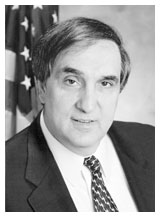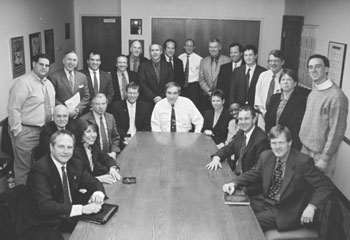|
A Message From the Chairman
Dear Friend, With Speaker Silverís leadership, we were able to make significant accomplishments in the 2003 legislative session in the face of massive budget shortfalls. Among its accomplishments, the Assembly Standing Committee on Housing fought the governorís proposed fifty percent cut to the Neighborhood and Rural Preservation Programs. The Assembly increased funding to the programs; the increase may be used for any operational expense and represents continued Assembly support for these community groups throughout New York State. In addition, the Housing Committee, in conjunction with the entire Assembly, fought for tenantsí rights. A package of bills was passed in support of tenants in existing Mitchell-Lama developments and also extended rent protections (Chapter 82 of 2003) for over one million rent controlled and rent stabilized tenants for an additional eight years. As Chair of the Housing Committee, I also lent my support to the Environmental Conservation Committee for the passage of the historic Brownfield Cleanup Program. The Assembly has fought for many years to develop an equitable balance between the need for strict cleanup standards that protect the health of our citizens and the need to enable communities to put back into use the hundreds of Superfund and brownfield sites across the state. Further, by allowing community-based organizations to plan for and develop much-needed housing on sites that will be made safe and habitable, I am hopeful that this provision of the new law will help address the stateís affordable housing crisis. In 2002 I sponsored a bill enacted into law (Chapter 315 of 2002) designed to provide relief to housing development fund companies (HDFCs) that own buildings sold to them through the New York City Department of Housing Preservation and Developmentís Division of Alternative Management Program (DAMP). The law provides tax forgiveness to those cooperatives that fell into arrears for real estate taxes and therefore allows these units to remain affordable for existing and future tenants. In the upcoming session I will introduce legislation to expand this law to provide similar relief to tenant-owned cooperatives that utilized City funding programs but were not sold through DAMP. While the successes of this past session remind us of what we can accomplish by working collectively, New York Stateís affordable housing crisis continues. I look forward to working with you in the coming months to continue advancing an agenda that will provide a long-term solution to this crisis and ensure that all New Yorkers have access to safe, affordable housing.
Chairman, Assembly Standing Committee on Housing |


